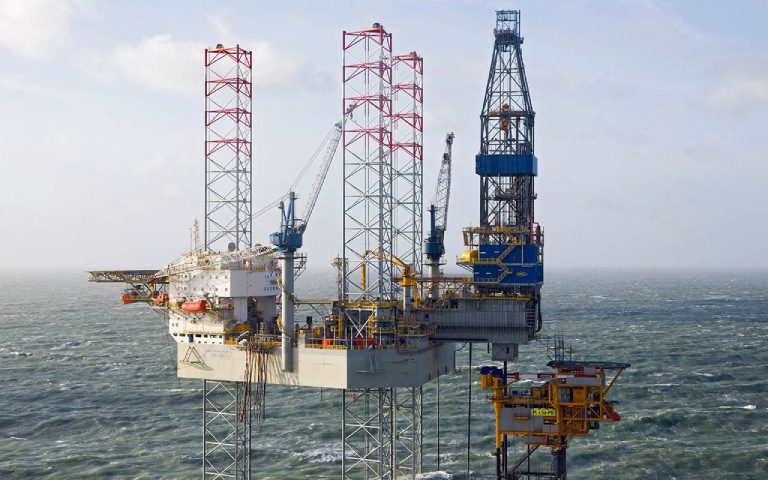By Jennifer A. Dlouhy (Bloomberg) —
The Trump administration is preparing to issue a broad plan that keeps the door open for expanded oil drilling off the U.S. coast, including near Southern California, Alaska and Mid-Atlantic states.
The Interior Department proposal, which is still being developed and on track to be released before President Donald Trump’s term ends Jan. 20, represents a second step toward a formal five-year schedule for auctioning drilling rights. Critical decisions about the scope of that offshore leasing plan are still being made, according to three people familiar with the matter who asked not to be named before a formal announcement that could still be weeks away.
The Trump administration had charted an even more aggressive sale plan in 2018, but political concerns stalled work on that initiative after it was released two years ago. And now, Trump has run out of time to put his stamp on a final offshore oil leasing schedule.
Though the coming plan will keep options open for Joe Biden, the president-elect will have the ultimate say on what — if any — waters are auctioned off for oil drilling.
The proposal under development is set to outline potential sales of long-plumbed territory in the Gulf of Mexico, as well as waters around Alaska and near Southern California, where exploratory oil drilling was last conducted decades ago. Atlantic waters near the coasts of Maryland and Delaware are also included in the proposed sale program.
However, Interior Department officials are not planning on including territory near Florida and the Carolinas that is barred from leasing for 10 years under orders from Trump. The proposal also is set to rule out the most highly coveted area for oil companies: portions of the eastern Gulf of Mexico about 100-125 miles off Florida’s west coast that Trump also placed under a 10-year moratorium.
It is unclear whether Atlantic tracts near Virginia could be available under the plan. Although Trump promised a ban on oil leasing there, he never issued a formal declaration to codify it.
Interior Department spokespeople declined to comment.
The incoming Biden administration is expected to dramatically scale back the effort, as the president-elect has vowed to block oil and gas permitting on public lands and waters. But Biden is under pressure to sustain oil development in the Gulf of Mexico, which is responsible for 16% of U.S. crude production and generated $5.3 billion in federal revenue last year.
Trump vowed to unleash offshore oil development and directed his Interior Department to hold annual auctions of Gulf, Arctic and Atlantic waters in a 2017 executive order. The Interior Department responded by unveiling a draft proposed plan in January 2018 that would have opened the door to selling drilling rights on more than 90% of U.S. waters.
However political concerns about the unpopularity of offshore drilling in the key battleground state of Florida — as well as legal uncertainty around potential Arctic oil leasing — prompted Trump’s Interior Department to halt work to advance a new oil leasing plan last year. And this fall, in the run-up to the November election, Trump issued directives ruling out offshore leasing in waters near Florida, Georgia and the Carolinas — a further blow to oil industry leaders who’d hoped he’d make more territory available.
© 2020 Bloomberg L.P.

 Join The Club
Join The Club











